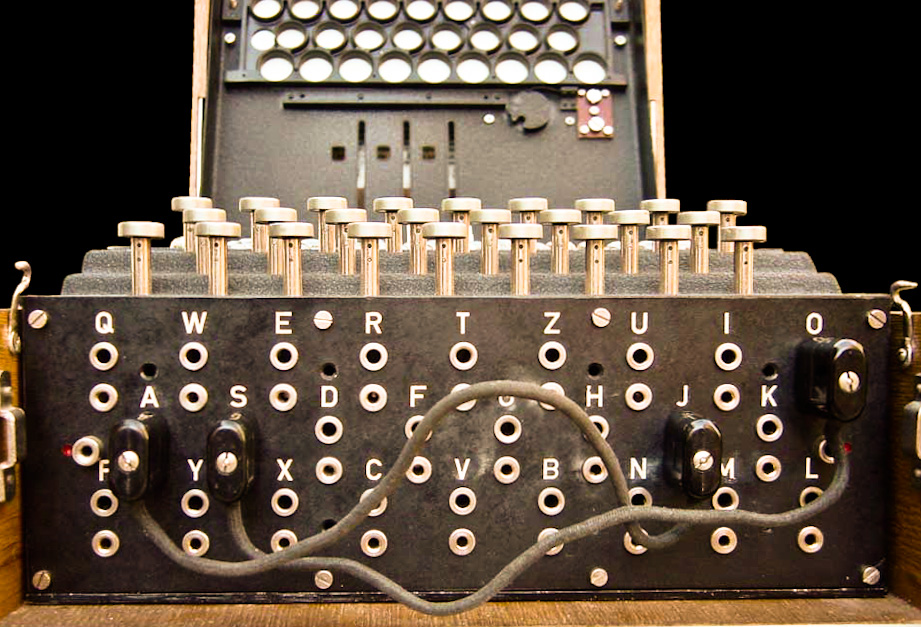Cracking the infamous Enigma Code of World War II was no easy feat, and the origins of the story have now captured the world’s attention. “The Imitation Game,” playing in cinemas across the globe, tells the story of Alan Turing – the mathematician who ultimately cracked the code and showed how mathematics can literally save lives.
But how did the infamous Enigma Code work, and how difficult was it to crack?
The Enigma Code was generated using a device called the Enigma Machine. The machine consisted of a series of rotors, a keyboard to type the code, and a plugboard which operated much like an old-fashioned telephone board. The machine was set at the start of each day, with three rotors selected and the plugboard arranged.
Using this method of encryption, it was possible to program the Enigma Machine in 158 quintillion (that’s 158 followed by thirty zero’s) different ways – and the machine only stayed set with one code for 24 hours. After the 24 hours, the machine would be reset by changing the rotors and plug board, and the code would change once again.
This made solving the Enigma Code by hand impossible – there was no way to work through 158 quintillion possibilities before the day’s end. The only hope for the Allies was to obtain a monthly sheet of paper which told Nazi officers how to set the machine at the beginning of each day. Yet even obtaining these papers proved difficult – and was compounded by the fact that they were often written in indelible ink, which disappeared when captured soldiers tossed the sheet into water.
The complexity of the Enigma Machine is what made the infamous Code so difficult to crack. Using the rotors alone still produced 17,576 possible solutions, let alone the huge number produced when the further encryption level of the plug board was considered. But before we consider how this seemingly impenetrable Code was broken, check out Numberphile’s latest video below. Here you can see the machine in action, and watch as it transforms from a simple circuit board into one of the strongest cypher machines ever created:
So, considering this huge number of potential outcomes, how did Alan Turing solve the Code? Well, the Enigma wasn’t perfect, and contained one flaw which was exploited by Turing in order to solve the code. He did this by building a giant machine called the Bombe, which essentially worked backwards through the Enigma Machine coding process in order to determine how the machine was set each day. The flaw was a fairly basic one: no letter could be coded to itself. Thus, the letter “t” would never be coded as “t”. And by assuming a small portion of text (for example, assuming that the last two words of an encrypted message were always “Hail Hitler”), the Bombe could easily cycle through all possible combinations within 20 minutes to solve the code.
But we won’t spoil it all for you: find out more in part two below.



